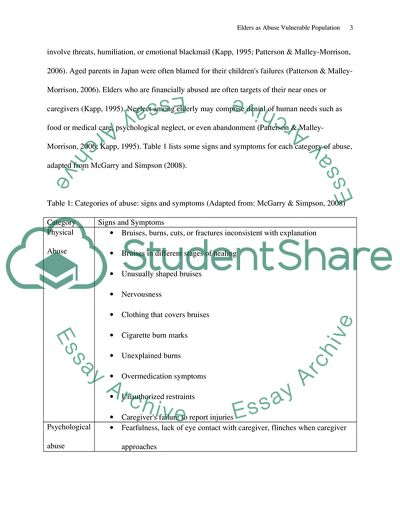Cite this document
(Elders as Abuse Vulnerable Population Research Paper, n.d.)
Elders as Abuse Vulnerable Population Research Paper. https://studentshare.org/sociology/1728641-elderly-as-vulnerable-population
Elders as Abuse Vulnerable Population Research Paper. https://studentshare.org/sociology/1728641-elderly-as-vulnerable-population
(Elders As Abuse Vulnerable Population Research Paper)
Elders As Abuse Vulnerable Population Research Paper. https://studentshare.org/sociology/1728641-elderly-as-vulnerable-population.
Elders As Abuse Vulnerable Population Research Paper. https://studentshare.org/sociology/1728641-elderly-as-vulnerable-population.
“Elders As Abuse Vulnerable Population Research Paper”. https://studentshare.org/sociology/1728641-elderly-as-vulnerable-population.


